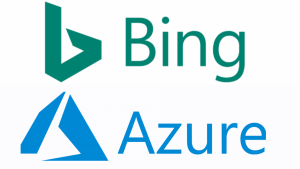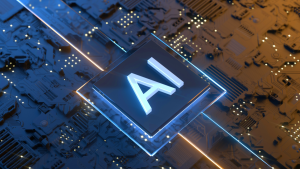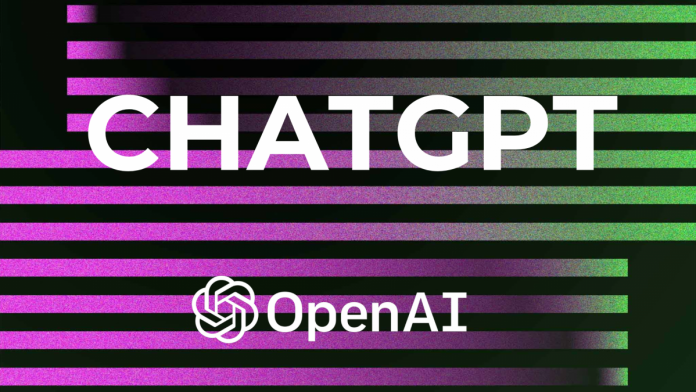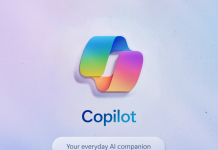The past few months witnessed a decline in the ultimate race by tech giants. As interest rates are soaring, even affluent tech companies are slowing down and pulling back from risky investments and money losing projects. But one such speculative gamble is making quite the noise in the past two weeks and seems to be a smart investment.
In 2019, Microsoft invested $1 billion into the buzzy artificial intelligence research outfit OpenAI, cofounded by Y Combinator alum Sam Altman, Elon Musk, and a group of others just over seven years ago.
According to MIT Technology Review, Microsoft announced that it would begin exclusively licensing GPT-3, the world’s largest language model, built by San Francisco–based OpenAI. The model acts like a powerful autocomplete: it can generate essays given the starting sentence, songs given a musical intro, or even web page layouts given a few lines of HTML code. Microsoft says it will begin making use of these capabilities in its products and services, though it didn’t specify details.
What does Exclusivity mean?
The companies say OpenAI will continue to offer its public-facing API, which allows chosen users to send text to GPT-3 or OpenAI’s other models and receive its output. Only Microsoft, however, will have access to GPT-3’s underlying code, allowing it to embed, repurpose, and modify the model as it pleases.
In November, OpenAI released a user-friendly bot, ChatGPT, based on its GPT-3.5 language model which was trained on Azure. Engineers, academics, entrepreneurs, non-techies, and investors were near-universal in their hype and praise as ChatGPT proved scarily intelligent (up to a point). Even if it is flawed, ChatGPT is sufficiently smart that Google sees the chatbot as a “code red” for its engine search business.
ChatGPT is further looking to raise capital at a valuation close to USD 30 Billion, from a current USD 20 Billion valuation.
Fuelling the Growth of Azure and Bing

Some experts suggest leveling the playing field by increasing government funding for academic laboratories dedicated to AI research. However, this requires a certain level of foresight and coordination, which the US government in particular has worked hard to achieve. OpenAI appeared to offer an alternative solution that didn’t rely on corporate or government funding, but that doesn’t seem to be the case anymore.







